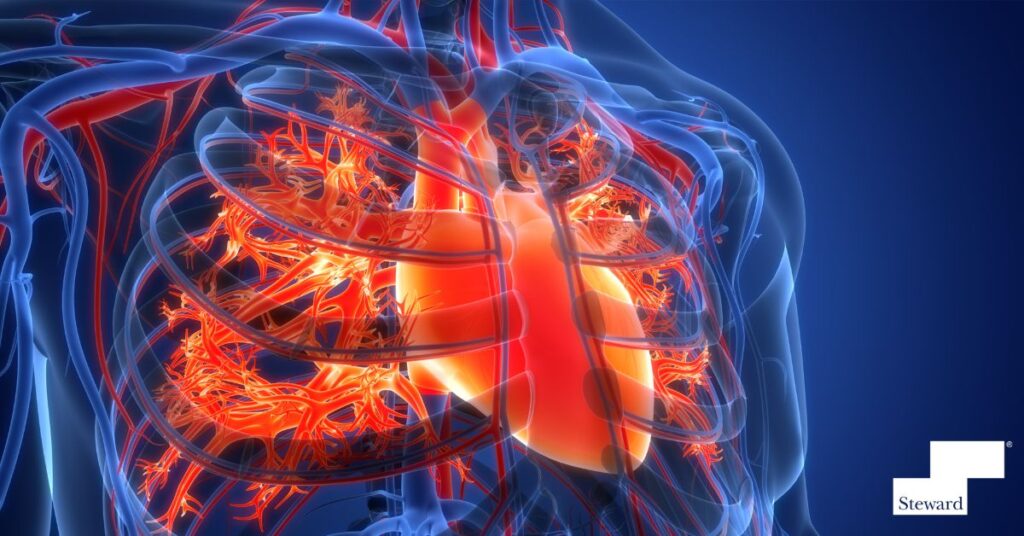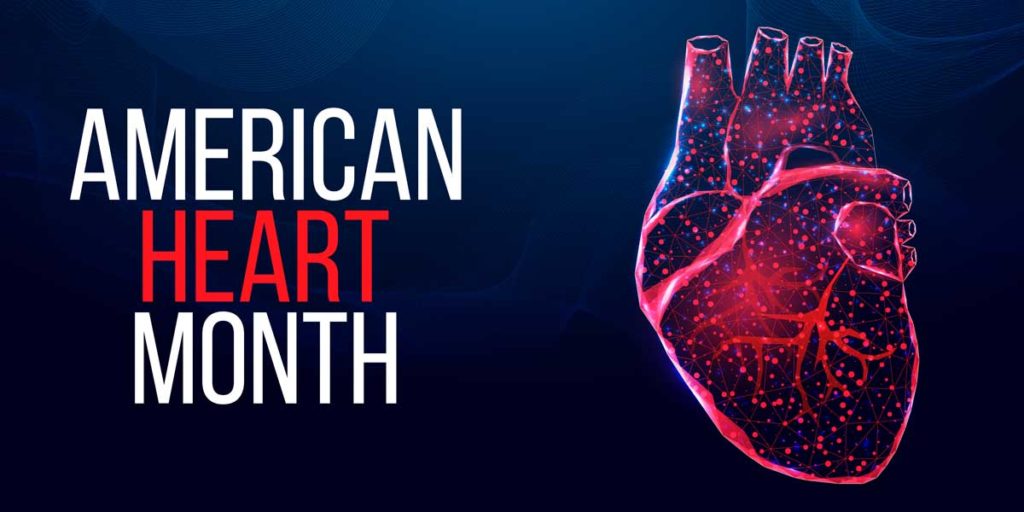Several hospitals across the Steward Health Care system are using a new safe alternative to conventional pacemakers to treat bradycardia, which is a type of heart arrhythmia where the heart beats slower than the normal heart rate. The heart of an adult at rest usually beats between 60 and 100 times a minute. The heart of an adult who has bradycardia will beat fewer than 60 times a minute.
What causes bradycardia?
Causes of bradycardia include:
- Natural aging process
- Coronary artery disease
- Problems with the sinoatrial (SA) node, which is the heart’s natural pacemaker that starts each heartbeat
- Problems with the electrical pathways in the heart
- Metabolic problems such as hypothyroidism (underactive thyroid)
- Damage to the heart from heart disease or heart attack
- Use of certain heart medications that can cause bradycardia as a side effect
- Sleep apnea
Patients with bradycardia often suffer dizziness, fatigue, shortness of breath, passing out and other symptoms because the heart is unable to pump enough oxygenated blood throughout the body. But in some cases, people with bradycardia have no symptoms at all.
How is bradycardia treated?
Treatment for bradycardia depends on the cause. It also depends on the type someone has and how severe the symptoms. Borderline or infrequent bradycardia may not require treatment. Severe bradycardia can be treated with a few options. For instance, if a medicine is causing bradycardia, stopping or adjusting the medicine, under the doctor’s guidance, may correct the problem. Or if a condition such as an underactive thyroid is the cause, treating the thyroid may keep bradycardia from coming back.
In many instances, permanent pacemakers are an appropriate treatment for symptomatic bradycardia without a reversible cause.
New Treatment is Changing the Face of Cardiac Care for Patients with Bradycardia
Comparable in size to a large vitamin and as lightweight as a penny, the Micra® Transcatheter Pacing System (TPS) is a miniaturized heart device designed to provide the most advanced pacing technology for patients suffering from bradycardia.
“This is a wonderful breakthrough for patients,” says Shaw Natan, MD, a cardiologist with Steward Health Care. “Considered the ‘world’s smallest pacemaker’ at one-tenth the size of a traditional pacemaker, The Micra is an excellent treatment alternative to a traditional single chamber pacemaker system with overall lower risk of long-term complications.”
The device works by delivering electrical pulses to the heart directly, without leads. Four tiny tines anchor the Micra in place and its battery will last for 9-12 years. Its size makes having the implant device more comfortable for the patient and the lack of leads, or wires, that conventional pacemakers use to carry electronic impulses to the heart, means the device carries less risk of failing.
“The Micra, which was approved by the Food and Drug Administration in April 2016, also reduces the infection rate for patients who have a high risk of infection”, explains Steward Health Care Cardiologist Sujata Balulad, MD. “Additionally, it is approved for full-body MRI scans and responds to patients’ activity levels by automatically adjusting therapy.”
Currently, the Micra pacemaker cannot be implanted in all patients, but in the future, with advancements in technology, it may an option for all patients needing pacemakers.
To find a doctor or schedule an appointment, visit Steward DoctorFinder™.
*Source: American Heart Association, www.heart.org




